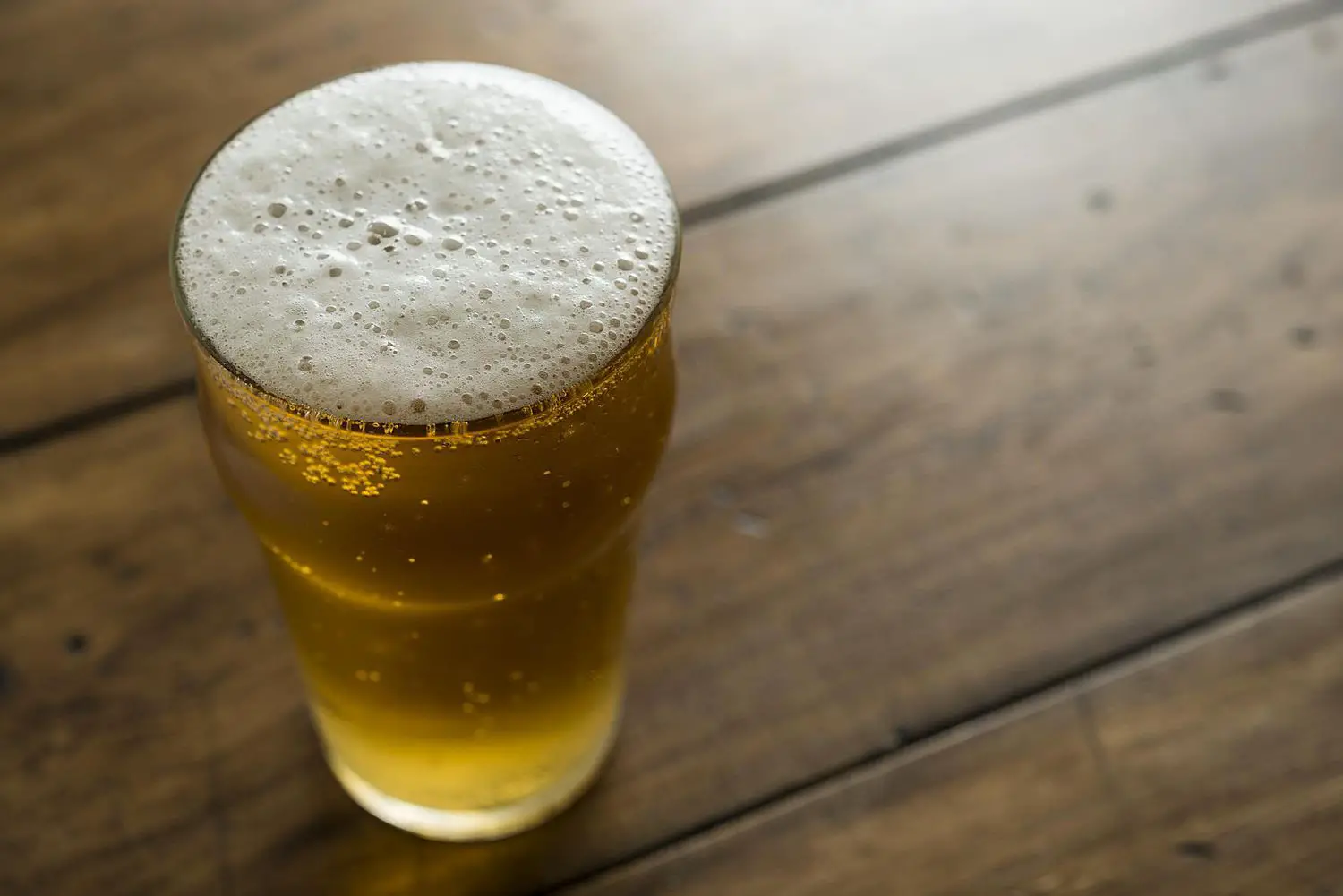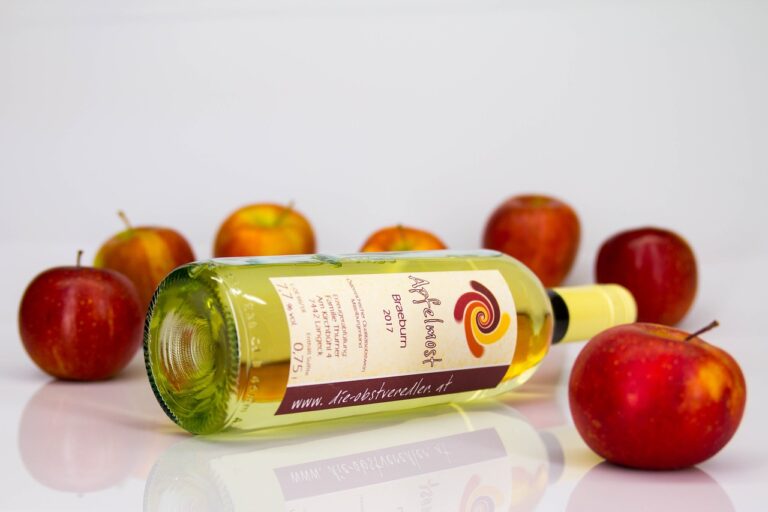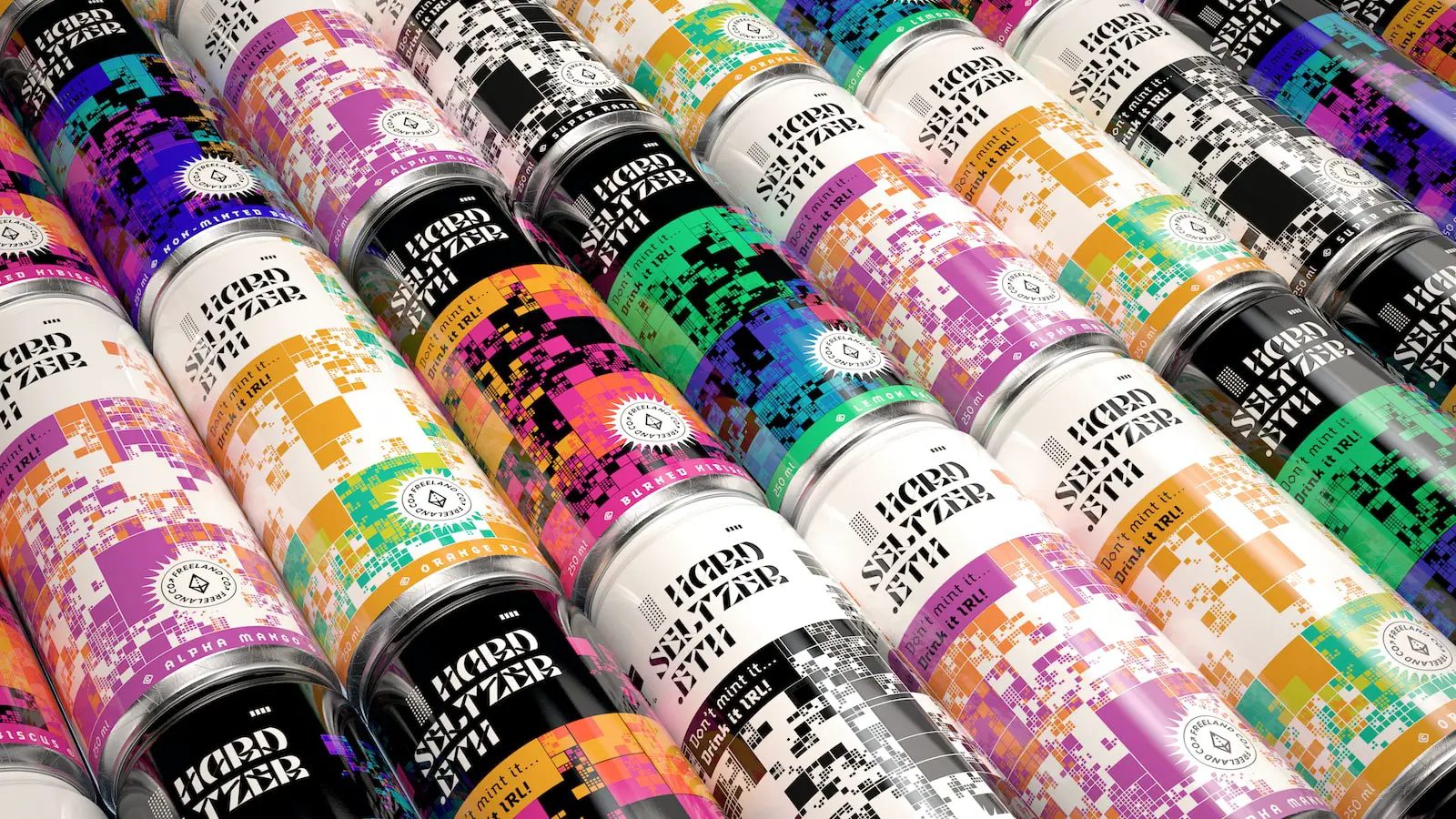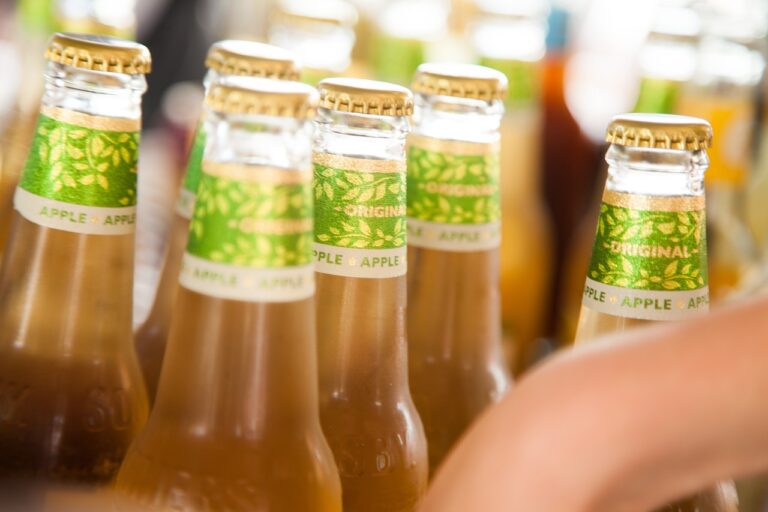Are you considering brewing lager beer at home? Is your lager yeast behaving strangely, and do you want to know why?
Well! Home brewing, for the first time, often comes with many questions.
But you don’t need to worry!
This blog covers all that you need to know about lager yeast.
So, let’s get started!
What is Lager Yeast and Its Benefits?
Have you ever heard of Saccharomyces pastorianus?
Certainly not because it’s the scientific name of lager yeast.
The yeast is a hybrid of two yeast species, i.e., S. cerevisiae and S. bayanus.
Since the latter specie is highly tolerant to cold pressure, lager yeast got its cold-bearing characteristics from it.
Lager yeast is a bottom-fermenting yeast that produces lager-style beers.
It carries out fermentation between 7-15 C.
Moreover, the yeast ferments more sugar than the ale yeast, producing fewer fusel alcohols and esters.
It has low to medium levels of flocculation, meaning that the yeast remains suspended in the liquid.
Hence it reduces the levels of diacetyl and sulfur.
Benefits of Lager Yeast
The most significant benefit of lager yeast is that it gives you a nice, crisp, clean lager.
But other than brewing, it also holds several other benefits:
As it requires a low temperature to ferment, hence prevents the growth of wild yeast and bacteria during brewing.
Both the lager yeast and the beer have a longer shelf life.
Some examples of lager-style beers include:
- Dortmund
- Pilsners
- Bocks
- American Malt Liquors
Does Lager Yeast Take Longer to Start?
As the lager yeast requires a cold temperature, it takes more time to start.
You might be thinking about how the temperature affects the activity of the yeast.
Well, be ready for a biological answer!
When the temperature is low, the metabolism is also slow.
It means the yeast takes time to break down the sugars in the wort.
This time between the adding of the yeast to the wort and the start of actual fermentation is known as the “lag time.”
And it depends on various factors, for instance, the temperature of the wort, the age of the yeast, etc.
How Long Does a Lager Yeast Take to Start Fermenting?
The lag time of the lager yeast depends on multiple factors, as mentioned above.
Generally, it’s more than the ale yeast.
The ale yeast takes just a few hours to work on the sugars. In contrast, the lager yeast requires a few days to 2-3 weeks.
The longer lag time of the yeast is also due to larger cell size and more complex metabolic needs.
What Temperature Should You Pitch Lager Yeast at to Ensure a Timely Start?
Do you know what does pitching mean? If not, let’s first learn about it.
Well! Pitching is the first step of the fermentation process.
It involves the addition of yeast into the wort for brewing.
Typically, the ideal pitching temperature for the yeast is 7-15 C.
The yeast will become dormant and stop fermenting if the temperature is below these values.
On the other hand, too high temperature also makes the yeast inactive and produces off-flavors.
Therefore, considering the temperature is extremely important.
What Factors Can Affect the Lag Time of Lager Yeast?
While lager yeast has a longer lag time, several factors impact it.
Let’s highlight them!
The Temperature of the Wort
The lager yeasts require time to get activated.
There’s no second opinion to this.
But providing it the right temperature for timely activation is a must.
Ideally, the temperature of the wort needs to be 7-15°C.
Yeast Health is also Important.
The health of the yeast also plays a crucial role in the fermentation process.
Unhealthy yeast cells cannot start fermenting or may give off-flavors to the beer.
Therefore, use fresh yeast and store it properly after opening the pack.
Pitching Rate of the Lager Yeast
Using the right amount of yeast ensures a healthy fermentation.
If it’s too little, the fermentation takes longer; too much of it also spoils the flavor.
Oxygen Levels
To carry out metabolism and other life processes, yeast cells need oxygen.
If the wort doesn’t have enough oxygen, the yeast cells won’t be able to grow correctly.
Hence, delaying fermentation.
Fermentation Environment
Not only the right temperature and the pitching amount are essential for the breakdown of sugars in the wort.
Other conditions, such as suitable pH and nutrients, also matter.
If not provided in adequate amounts, delayed fermentation occurs.
In short, optimizing these factors helps ensure a timely start to fermentation and you get a high-quality lager beer on time.
Tips for Reducing the Lag Time of Lager Yeast
If you want to reduce the lag time of the yeast, follow these tips:
Always use fresh lager yeast.
Use yeast starter culture to start fermentation earlier.
Try to maintain a stable fermenting environment.
FAQs
Is a Longer Lag Time for Lager Yeast Indicative of a Problem with The Brewing Process?
Indeed, the answer is yes. If the yeast you use to produce beer takes longer than usual, there’s some problem.
Either your yeast is expired, you have not pitched enough, or the environment is not according to the yeast’s requirement.
Check these factors if the yeast is taking longer to start fermentation.
Can The Type of Malt Used in the Brewing Process Affect the Lag Time of Lager Yeast?
The amount of fermentable sugar varies in different types of malt.
And it can affect the yeast’s ability to begin fermenting.
For instance, malt like caramel has a higher percentage of unfermentable sugar.
So, it has a more prolonged lag phase.
On the other hand, pilsner malt has a more significant percentage of fermentable sugar, hence a lesser lag time.
So, yes, the type of malt used in the brewing process impacts the lag time of lager yeast.
Final Thoughts
Does lager yeast take longer to start? Well!
Compared to ale yeast, the lager yeast takes a long time to start.
The reason is slowed metabolism at lower temperatures.
However, the beer obtained is highly refreshing, clean, and crisp.










